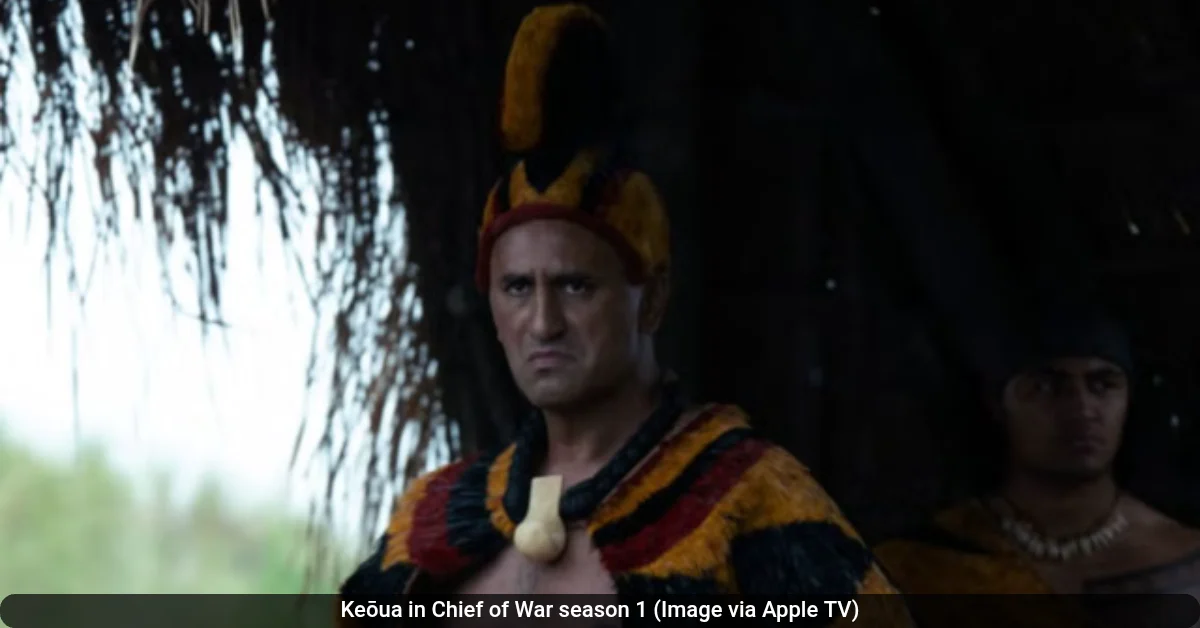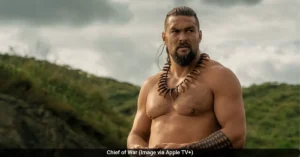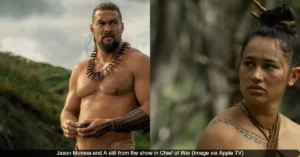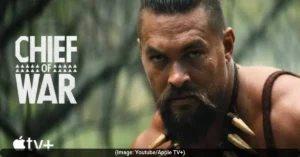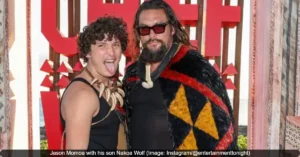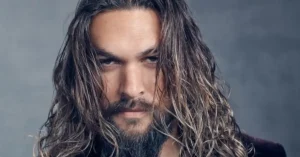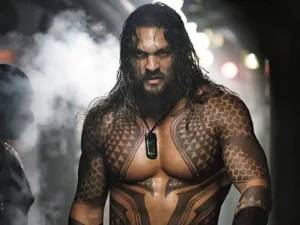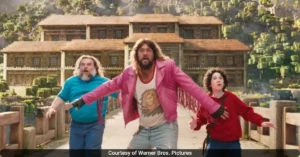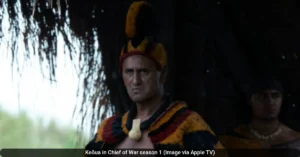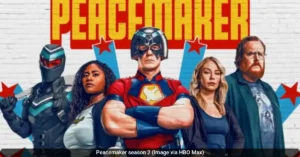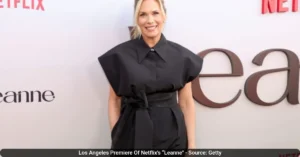Chief of War on Apple TV Plus brings Hawaiian history to life. The show tells the story of the Hawaiian Islands in the late 18th century. It focuses on the fight for power between different chiefs. One key character is Keōua, played by Cliff Curtis. Many people want to know if Keōua is based on a real person. The answer is yes. Keōua is based on a real Hawaiian chief named Keōua Kūʻahuʻula. He was a major rival of King Kamehameha I, who united the Hawaiian Islands.
The show uses real history to create its story. It shows the battles and political struggles of the time. Keōua is shown as a traditionalist who did not like Western influence. He fought to protect Hawaiian culture and land. His story is a big part of the show’s plot. The creators of the show worked hard to make sure the history was accurate. They had help from cultural experts to get the details right.
Who Was the Real Keōua Kūʻahuʻula?
Keōua Kūʻahuʻula was a real Hawaiian chief. He was the son of King Kalaniʻōpuʻu, who ruled the island of Hawaii when Captain James Cook arrived in 1778. After his father died, his half-brother Kīwalaʻō became king. Keōua did not receive any land from his father’s estate. This made him very angry. He felt that he deserved more power and land. This led to a long conflict with his cousin, Kamehameha. Kamehameha was given the war god Kū-ka-ili-moku, which was a very important religious symbol. This made Kamehameha very powerful.
The fight between Keōua and Kamehameha lasted for years. There were many battles. In 1790, a tragic event hurt Keōua’s army. They were near the Kīlauea volcano when it erupted. Many of his soldiers died from the poisonous gases and lava. This was seen as a sign that the gods were on Kamehameha’s side. Even after this, Keōua kept fighting. In 1791, Kamehameha invited Keōua to peace talks at Puʻukoholā. But it was a trick. Keōua was killed there. This allowed Kamehameha to take control of the entire island of Hawaii.
“I love my character for that. I don’t see that as a villain. I see (it) as somebody who was conservative, who was a traditionalist and didn’t want these immigrants coming and taking his land. So in a way, he’s my kind of hero. I liked my character, I loved him for that, and I want to honor his descendants. But he was not a villain. He was somebody who was fighting for tradition,” explained Cliff Curtis.
How Chief of War Portrays Keōua
In Chief of War, Keōua is shown as a proud traditionalist. He is against foreign influence and wants to keep Hawaiian culture strong. He does not speak English in the show. This shows his commitment to his heritage. Cliff Curtis plays Keōua. He says that Keōua is not a villain. Instead, he is a man trying to protect his people’s way of life. The show combines Keōua with his half-brother Kīwalaʻō into one character. This makes the story simpler for television.
Keōua’s role in the show is to create obstacles for Kamehameha. He is a strong warrior and a leader. He represents the old ways of Hawaii. The show has many battle scenes. It also shows the complex politics between the different Hawaiian chiefs. Keōua is a key part of this conflict. His actions help to drive the story forward.
The Making of Chief of War
Chief of War is a big project for Apple TV Plus. It stars Jason Momoa as Kaʻiana, another real Hawaiian chief. The show was created by Momoa and Thomas Paʻa Sibbett. They spent nearly ten years developing the show. They wanted to tell a story from a Hawaiian point of view. Most of the dialogue is in the Hawaiian language. The creators worked with cultural experts to make sure everything was accurate. This includes the costumes, weapons, and buildings.
The cast is mostly made up of actors of Polynesian descent. This includes people from Hawaii, New Zealand, Samoa, and other Pacific islands. Cliff Curtis is Māori from New Zealand. He is a well-known actor in films like Avatar and The Whale Rider. Kaina Makua plays Kamehameha. He is not a professional actor. He is a taro farmer and cultural educator from Kauai. Jason Momoa saw him at a canoe race and asked him to be in the show.
“King Keoua was a staunch traditionalist,” says Curtis, who explains that Keoua opposed Ka‘iana’s moves toward modernity, including his use of guns, embrace of Western-style clothing like pants, and the adoption of the English language.
The Importance of Telling Hawaiian Stories
Chief of War is one of the first major TV shows to focus on pre-colonial Hawaii. It shows the culture and history of the Hawaiian people. For a long time, these stories were not told in mainstream media. The creators hope the show will teach people about Hawaiian history. They also want to inspire young Hawaiians to learn about their heritage.
The show has been well received by critics. It has a 92% rating on Rotten Tomatoes. People praise the action, acting, and historical accuracy. It is a big step for representation of Pacific Islanders in media. The show proves that there is a lot of interest in stories from different cultures.
The Historical Context of Keōua’s Story
Hawaii in the late 18th century was divided into several kingdoms. The islands of Hawaii, Maui, Oahu, and Kauai were all ruled by different chiefs. They often fought each other for power and land. This was the time when Western explorers and traders first started coming to Hawaii. They brought new goods, ideas, and weapons. This changed Hawaiian society forever.
Keōua Kūʻahuʻula was born into this changing world. He saw the influence of foreigners growing. He chose to resist this change. His fight was not just against Kamehameha. It was against the entire shift in the world around him. His death marked the end of an era. It allowed Kamehameha to unite the islands and create the Kingdom of Hawaii. This unification changed Hawaii forever. It also made it easier for Western powers to eventually take over the islands.
Cliff Curtis on Playing Keōua
Cliff Curtis is a veteran actor. He took the role of Keōua very seriously. He did not want to play him as a simple villain. He did a lot of research to understand the history. He worked with language coaches to learn his lines in Hawaiian. He wanted to show Keōua as a complex man with strong beliefs. Curtis believes that Keōua was a hero for trying to protect his culture.
“No English. Not one syllable, which I loved,” Curtis says. “I wanted to reserve the right to represent his descendants—that they could be proud of him, even though some might call him a villain because, true to the time he was in conflict with his cousin, Kamehameha, who he felt had wrongly taken his inheritance that belonged to him. And that’s fair enough. I can see a prince, the son of the king, being upset about that.”
The Legacy of Keōua Kūʻahuʻula
Today, Keōua Kūʻahuʻula is remembered in Hawaii. He is not just a footnote in history. He is a symbol of resistance. He stood up for what he believed in. He fought until the very end. His story is a reminder of the cost of unification and change. It shows that history is often more complicated than just good guys and bad guys.
Chief of War helps to keep his memory alive. It introduces his story to a global audience. For the people of Hawaii, it is a source of pride. It shows their history on a big scale. It also shows the world that Hawaii has a rich and complex history that is worth learning about.
Also Read: Chief of War Season 1 Episode 4 Ending Explained: Kaʻiana’s Rescue Mission and the Fallout in Hawaii
Credits: Town & Country, Wikipedia

